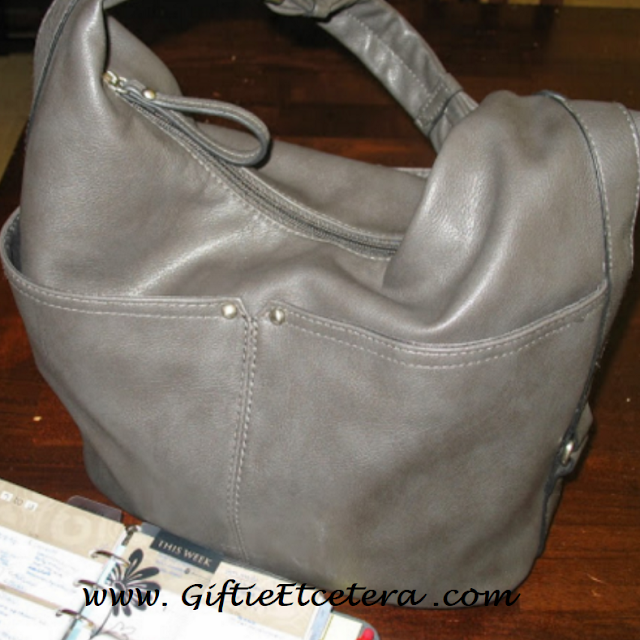Check out the You Tube video of the monthly review process.
1. On the last day of the month, complete any end-of-the-month tasks. Don't forget to make sure you've done everything on your monthly task list.
Every month, I have to pay the bills, mortgage and school cafeteria. (My husband handles the rest of the bills.)
Just look at it. Give your brain two minutes to soak in what's on the agenda. (For every child you have, add two extra minutes. I'm convinced that kid are zombies and eat our brains on the way out of our tummies.) Make sure you have gifts purchased and wrapped for upcoming birthdays. At the very least, add purchase gifts to your task list. Realize that Thanksgiving is coming. Note that you are having house guests and really ought to clean the guest bathroom.
3. Remove the planner pages from two months ago and file them in an old planner or with binder clips or rubber bands.
On October 31st, for example, remove September's pages. I leave last month's pages in, in case I need to refer back to them.
4. Add a month of planner pages to your calendar section.
I usually try to keep three to five months at a time (more like five during the school year, when the kids are so busy with activities), so for me, this means on November 1st, I add March.
5. Add anything from your future page to the month that you just added.
If you added March, copy items from March on the future page to your March calendar. Scratch them out on the future page.
6. Make a budget for the month.
I'm showing you October's budget pages, as I haven't made November's yet. I hole punch an envelope for holding receipts until I can file them at home. (I only file receipts for returnable items.)
In my family, we have already cut cable and many other expenses. The only thing we actually track now in the planner is the shopping that goes on the credit card. We needed to cut credit card spending by four percent in order to spend less than we make, so I use last year's credit card bill minus four percent to determine this month's budget.
I keep the accounting in my planner, right before the next month's tab.
7. Go over your project list (which you also review weekly) to see what is due this month.
If a deadline isn't in your weekly pages, add it.
This month, I plan to write a novel.
8. Go over your notes/file section to make sure everything in there is something you actually want to carry around with you all the time.
For example, a health log might have made sense during pregnancy, but might not be useful now. The list of babysitters might be out of date now that your children are teenagers.
This once a month check is the only time I go over my files and it is important.
9. Scratch out the reminder on the last day in the weekly pages of this month to do the monthly review, and write it, with a circle around it because it repeats, on the last day of next month.
Tip: Make a document of what you need to do in your monthly review and put it in your files, if you don't have one.
10. Set any goals for the month and have a way to track your progress.
Some months, I skip this step. (I call that "planning for the lazies.")
This month, my goals are to eat within my calories (tracked on-line) and to write my novel (tracked in projects).
That's it. If you've been writing things down as they occur to you, the whole process takes about 10 minutes.
Happy planning!
Etcetera.
Follow GiftieEtcetera on Twitter or subscribe for e-mail reminders whenever I post! A huge thank you to my Loyal Readers who share my posts in social media.



















































